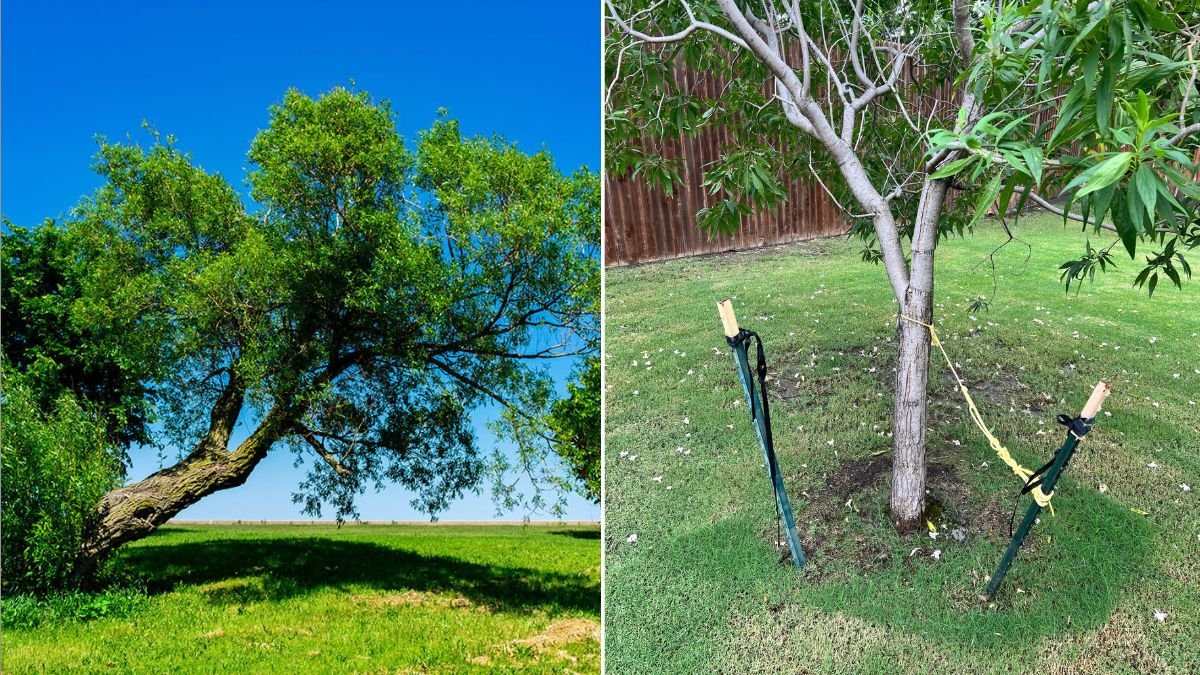When you plant a young tree, it’s natural to want to give it the best chance at survival. One of the most common questions new gardeners and homeowners face is: Should I stake my young tree?
Staking involves tying a sapling to a support post or structure to help it grow upright. While it might seem like the obvious way to protect a fragile tree, experts warn that staking is not always necessary—and in some cases, it can actually hinder growth. Understanding when to stake, how to do it properly, and when to avoid it altogether will help your saplings thrive.
Why People Stake Young Trees
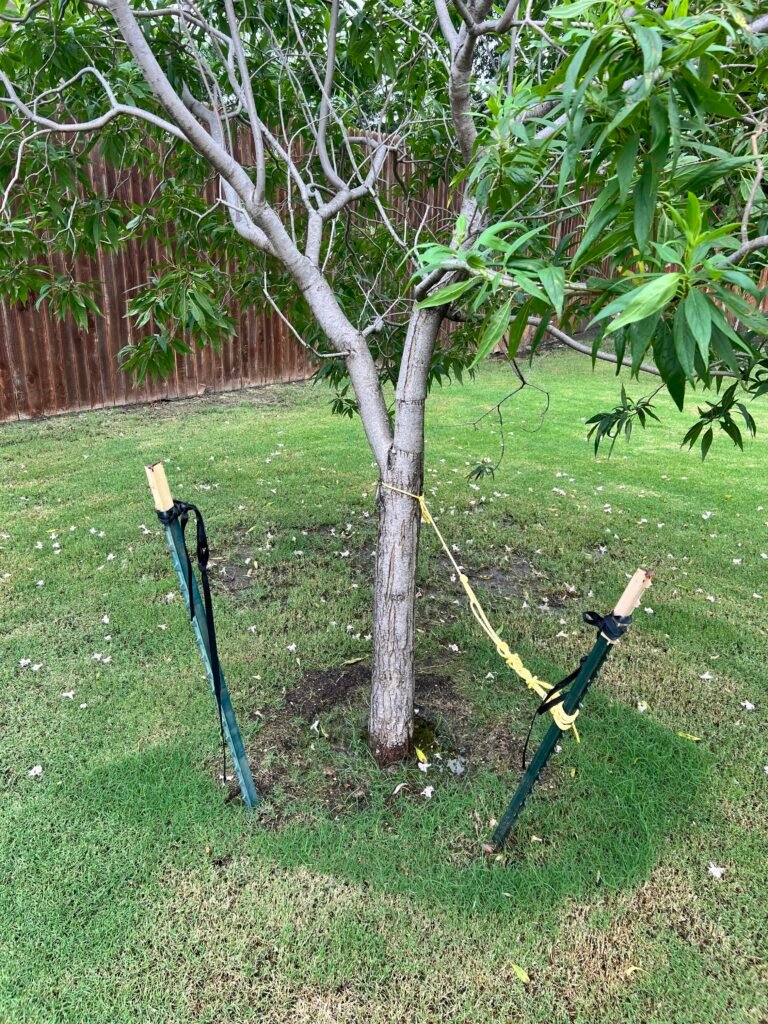
Staking is typically used to:
- Provide stability: Protecting trees in windy areas or on slopes.
- Prevent leaning: Encouraging a straight trunk in nursery-grown or top-heavy trees.
- Shield roots during establishment: Helping the tree stay upright while roots anchor into soil.
- Protect against accidental damage: Keeping trees safe from pets, children, or lawn equipment.
While these reasons make sense, staking is not a “one-size-fits-all” solution.
Pros of Staking Young Trees
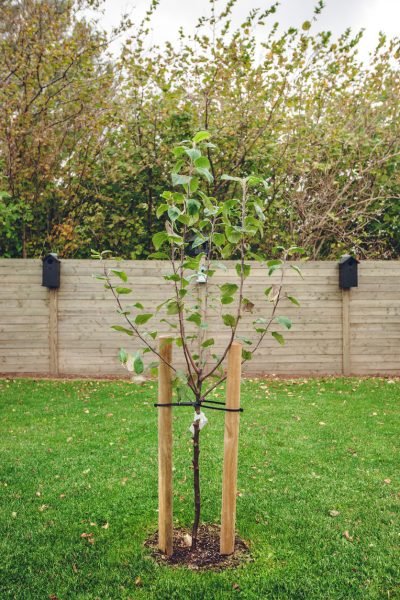
- Helps in Windy or Exposed Sites
If your yard is open and windy, newly planted saplings are more likely to topple before roots take hold. Proper staking provides essential stability during the critical first year. - Supports Tall or Top-Heavy Saplings
Some nursery trees are grown in containers and develop shallow roots, or they’re pruned for height but not structure. These trees may benefit from temporary staking while roots strengthen. - Prevents Accidental Damage
In areas with heavy foot traffic, pets, or lawnmowers, a stake can act as a visible marker to prevent accidental collisions. - Corrects Leaning Trees
If a tree has grown crooked or was planted in soft soil, gentle staking can help encourage upright growth.
Cons of Staking Young Trees
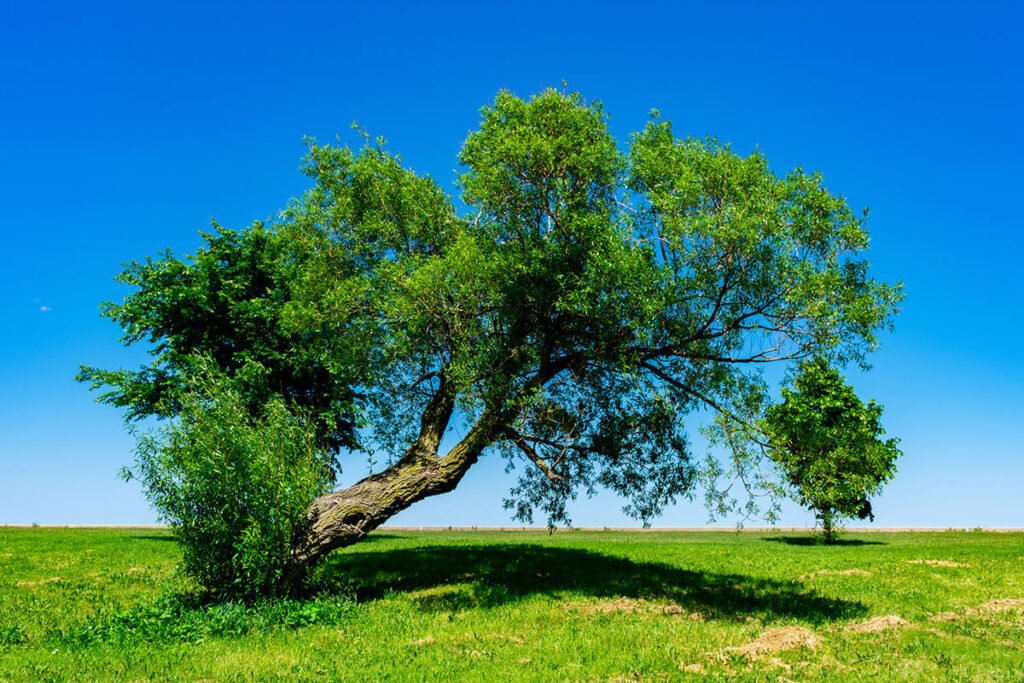
- Weakens Trunk Development
Trees develop strong trunks and root systems by swaying in the wind. Over-staking prevents this natural movement, resulting in weaker, less resilient trees in the long term. - Risk of Girdling and Damage
If ties are too tight or left on too long, they can cut into bark and restrict nutrient flow, sometimes fatally damaging the tree. - Encourages Dependence
Trees that rely on stakes for too long may fail to develop the ability to support themselves, becoming more vulnerable when stakes are removed. - Not Always Necessary
Many trees—especially those with a solid root ball and sturdy trunk—do just fine without any staking at all. Unnecessary staking only wastes time and materials.
When Should You Stake a Tree?
Experts recommend staking only in specific situations:
- Windy sites or open landscapes where saplings are exposed.
- Large-canopy or top-heavy trees that struggle to balance after planting.
- Container-grown trees with underdeveloped roots.
- Leaning saplings that require gentle correction.
If your tree has a strong trunk and stable root ball, skip the stake and let it grow naturally.
How to Stake a Young Tree Properly
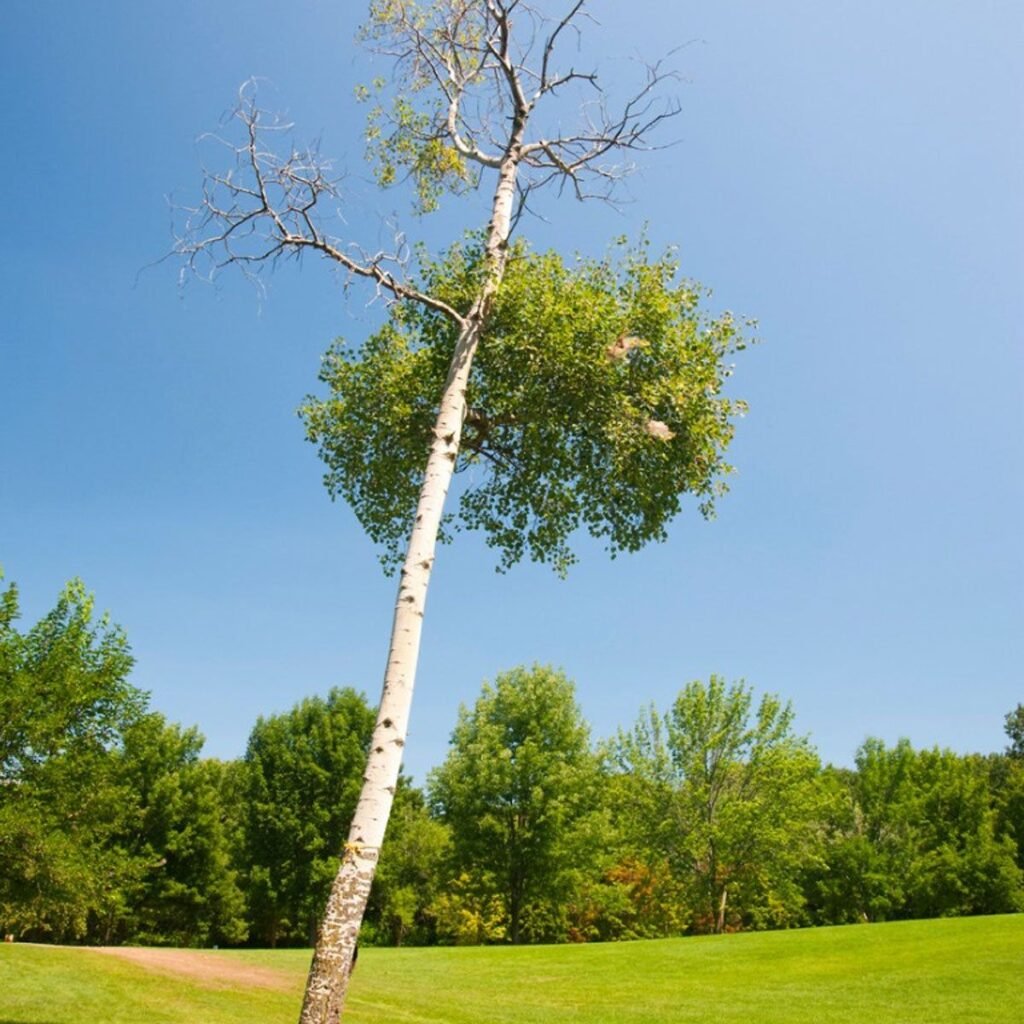
If staking is necessary, follow these best practices:
- Use the Right Materials
- Sturdy wooden or metal stakes, about 2–3 inches in diameter.
- Flexible ties made from soft material (rubber tubing, tree straps, or old garden hose).
- Stake Outside the Root Ball
Place stakes just beyond the root zone to avoid damaging roots. - Height of the Tie
Attach ties about one-third of the way up the trunk (not at the top). This allows the tree to sway naturally while still getting support. - Keep Ties Loose
Allow for some movement. Ties should be snug but not tight, with a little slack to prevent cutting into bark. - Limit Duration
Remove stakes within 6–12 months, once roots have anchored. Trees rarely need stakes longer than one growing season. - Check Regularly
Inspect ties often to ensure they aren’t too tight or rubbing against the trunk. Adjust or remove as the tree grows.
Alternatives to Staking
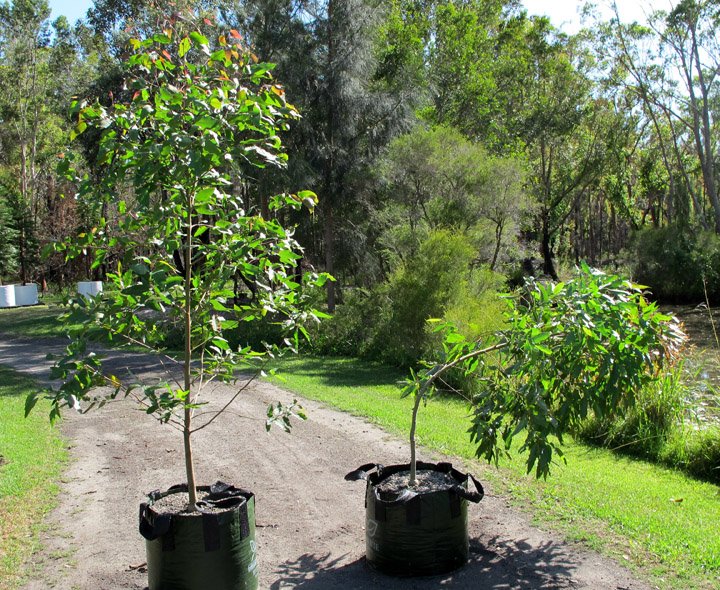
If you’re hesitant about staking, there are other ways to help young trees establish themselves:
- Mulching around the base to regulate soil temperature and moisture.
- Watering deeply and consistently to encourage strong root growth.
- Choosing the right species for your site to avoid future stability problems.
- Planting at the right depth so roots spread evenly and anchor naturally.
Final Thoughts
So, should you stake a young tree? The answer depends on your situation. Staking can be a valuable tool when used correctly and temporarily, especially for top-heavy or wind-exposed saplings. However, unnecessary or improper staking can do more harm than good.
The best approach is to evaluate your tree’s condition and environment. If it can stand on its own, let it. If it needs a little extra support, stake it wisely and remove the supports as soon as the tree is ready.
Ultimately, the goal is to encourage a strong, independent tree that can withstand the elements for decades to come.
